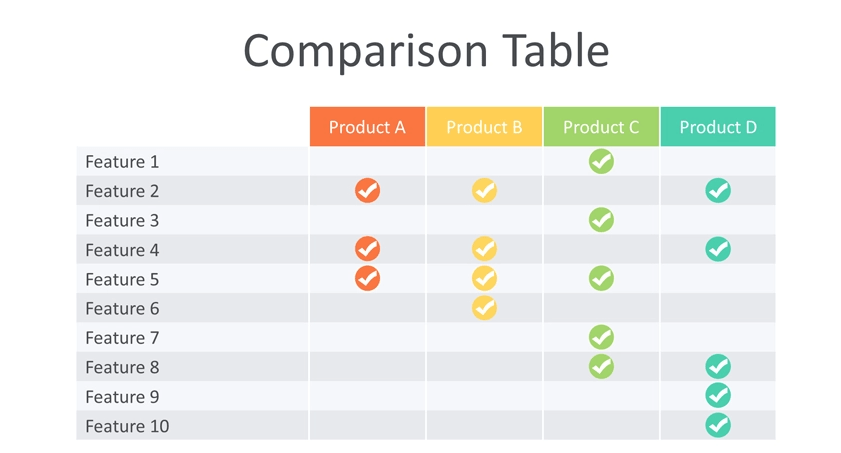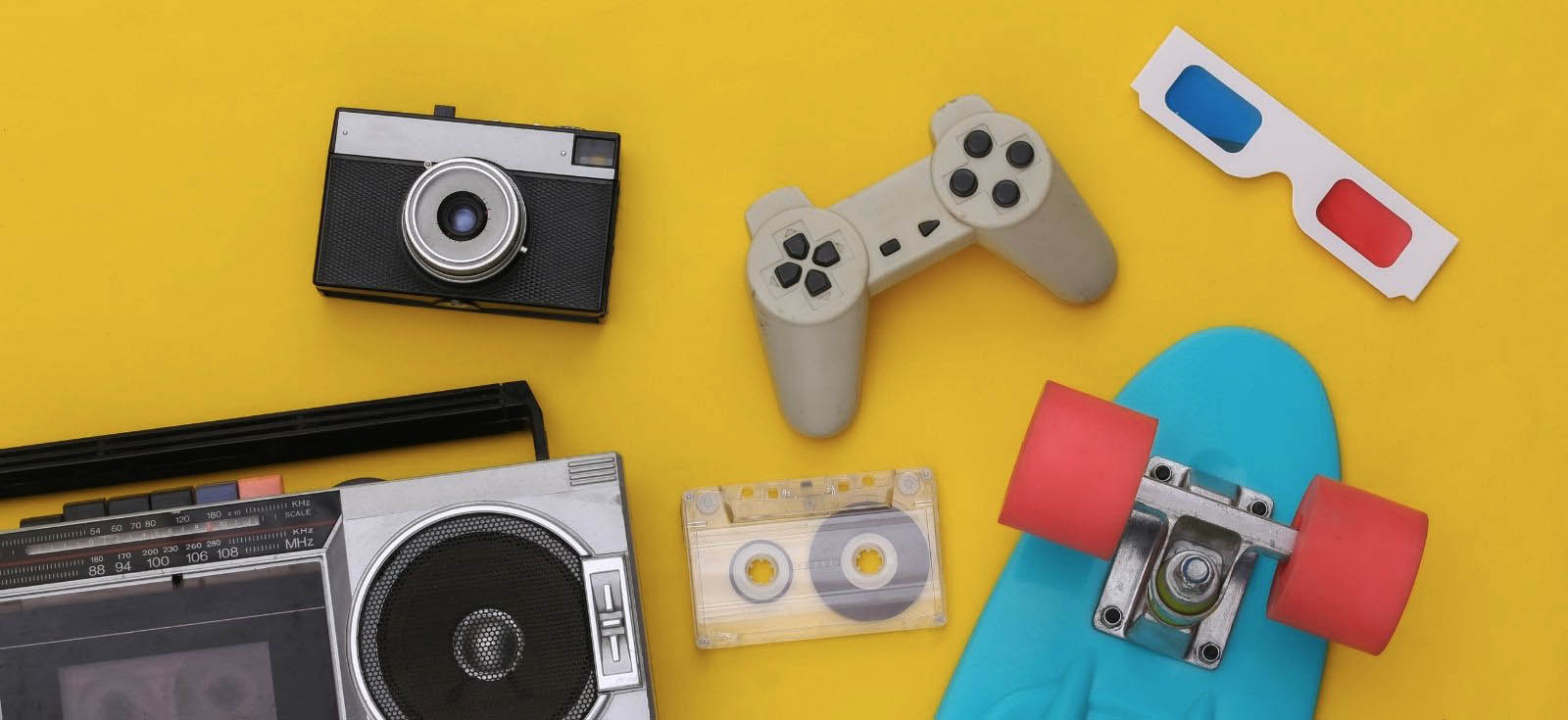"Great content marketers are like epidemiologists. They meticulously study how ideas and products spread."
- Rand Fishkin
In today's digital age, creating viral content is the holy grail of social media marketing. With over 4 billion social media users worldwide, the potential reach and impact of viral content is massive.
But what makes content spread rapidly and engage audiences? While going viral involves some luck, there are proven strategies you can use to dramatically increase the chances of your content taking off.
After analyzing data from top social media experts and viral content creators, I've distilled the key factors that can turn regular posts into runaway hits.
Most Viral Emotions on Social Media
| Emotion | % More Engagement than Avg |
|---|---|
| Amusement | 22% |
| Awe | 28% |
| Anger | 39% |
| Anxiety | 31% |
Data aggregated from studies by Jonah Berger and BuzzSumo
Here are 9 proven ways to make your content go viral on social media:
1. Leverage the Power of Emotions

Content that evokes high-arousal emotions like awe, amusement, anger or anxiety gets more likes, comments, and shares. But avoid shock value just for its own sake.
Emotional content needs to feel authentic. Videos and images that capture real human moments perform very well when subtlety amplified through editing and music.
2. Focus on Positivity

While negative emotions spread faster than positive ones, over the long run positivity wins. Upbeat, inspirational content builds deeper connections.
Share success stories, words of encouragement, or examples of human kindness. Positivity provides value that people remember.
3. Use Lists and Comparisons

Lists and comparison posts consistently rank among the most shared content. They break down advice into bite-sized, easy to digest nuggets.
The specific number in the headline attracts attention. Lists also provide value upfront, which people appreciate.
| Type | Examples |
|---|---|
| List post | "10 Ways to Improve Your Writing" |
| Comparison post | "Instagram vs TikTok: Which Is Better for Your Business?" |
4. Piggyback Trending Topics

Attach your content to trendsing hashtags and news events that are already viral. Inserting your content into the stream around popular topics exposes it to built-in audiences hungry for related content.
But provide a novel, insightful take - don't just piggyback superficially. Add value to trending conversations.
5. Leverage the Power of Influencers

Influencer marketing can produce immense exposure. A single Instagram post or Tweet from someone with millions of engaged followers can drive an avalanche of traffic.
Identify influencers who are genuinely interested in your product or content. Avoid tone-deaf, forced promotions. Champion their work and build relationships.
6. Optimize Content for Community Sharing

Make it easy for readers to share your content in their communities. Encourage sharing by prompting for specific platforms:
"If you enjoyed this article, feel free to share it on Facebook/Twitter/LinkedIn/Email!"
You can also provide sample templated social posts with your content pre-loaded.
7. Use Cliffs and Curiosity Gaps

Leaving readers hanging intrigues them to keep reading and share with others. Some techniques:
- Headlines that tease the content but don't give everything away
- List posts that reveal items over multiple pages
- Stories that involve intriguing characters, settings, or unanswered questions
The Zeigarnik Effect shows people remember unfinished tasks better. cliffs and curiosity gaps leverage this psychological principle.
8. Appeal to Nostalgia

Content that evokes nostalgic memories spreads widely, especially among Millenials and Gen X. References to iconic movies, TV shows, toys, games, and pop culture from someone's childhood activate fond feelings.
Blasts from the past make audiences reflect on how far they've come. Handle nostalgia in creative ways that add value.
9. Employ Surprise and Unexpectedness

Mundanity rarely goes viral. But the unexpected and improbable often does. Think stunts, pranks, and challenges.
Surprise people in delightfully unexpected ways. Keep them guessing about what might happen next. The emotion of surprise engages audiences and prompts sharing.
Key Takeaways
Viral content is driven by psychology and human behavior. While chance is involved, you can engineer virality by:
- Eliciting high-emotion responses
- Making positive, uplifting content
- Using lists and comparisons
- Piggybacking on trends
- Getting influencers onboard
- Optimizing for community sharing
- Using curiosity gaps and suspense
- Activating nostalgia
- Incorporating surprise and unexpectedness
Monitor what resonates and refine your approach. With persistence and data-driven iteration, your content can break through the noise.
The potential impact is worth the effort. After all, viral content can grow brands, drive sales, and spread ideas faster than any other medium.
FAQ
1. What types of content tend to go viral the most on social media?
Certain types of content have been proven to go viral more than others. These include:
- Emotional content - Content that makes people feel strong emotions like happiness, sadness, anger, or surprise. Positive emotions tend to spread more over the long-term.
- Humorous content - Funny videos, memes, jokes, and amusing images that give people a laugh. Comedy creates enjoyment which prompts shares.
- Visually striking content - Photos, videos, and graphics that are highly aesthetic, beautiful, weird, or visually distinct. Visuals catch the eye and draw attention.
- Practical content - How-to guides, life hacks, and other useful, actionable content. People share to be helpful to others.
- Topical & trending content - Content timed around trends, events, holidays, or news that are already buzzing. It taps into existing interest.
2. What characteristics make online content more "shareable"?
Certain key characteristics strongly influence the shareability of online content:
- Easy to digest - Short, scannable posts people can consume quickly. Easier to share.
- Universally appealing - Content that elicits basic human emotions or speaks to collective experiences.
- Controversy/surprise - Manages to shock, impress, or provoke strong reactions from audiences.
- Piggybacks trends - Links itself to popular trends, current events, or news stories.
- Enables social sharing - Makes it extremely simple for readers to share the content. Includes share buttons, sample posts, etc.
3. What should you avoid when trying to make viral content?
There are some common pitfalls to avoid when trying to engineer virality:
- Creating boring, generic content just to piggyback a trend. It needs a novel spin.
- Forcing emotions that feel fake, inauthentic, or emotionally exploitative.
- Shock value for its own sake without substance behind it.
- Aggressive self-promotion or begging others to share your content.
- Relying too much on single viral hits instead of consistently providing value.
4. How important are influencers for driving content virality?
Influencers can play a major role in amplifying content and enhancing its reach. A single post from someone with millions of engaged followers can expose your content to a massive, targeted audience.
But the impact depends heavily on the relevance of the influencer. Work with influencers in your specific niche rather than broad mega influencers outside your domain. Make sure their audience demographics align with yours.
It should feel like a natural fit, not forced. Influencers can accelerate virality but cannot make poor content take off on their own. Focus first on creating remarkable, high-quality content.
5. What is the best way to get influencers to share your content?
The key is building authentic relationships, not transactional arrangements. Follow influencers, engage with them, support their work, and demonstrate you know their interests.
When you create relevant content, pitch it politely without entitlement or expectations. Make it easy by sending sample posts. Follow up graciously if they share.
Finally, compensate influencers fairly based on impact and effort. Small gifts also help build goodwill over time. But don't make it purely transactional.
6. What is the number one metric you should track for viral content?
The most important metric to track is overall reach - how many people potentially viewed or engaged with your content. This includes:
- Social reach - followers, shares, views, link clicks
- Site visitors from social referrals
- Backlinks and embeds driving referral traffic
- Mentions and coverage by other publications
Reach reveals how far your content spread across digital channels compared to normal levels. If a piece of content achieves 10x or 100x your usual reach, you likely have a viral hit.
7. How long does it take on average for content to go viral?
Virality tends to follow a common lifecycle:
- Initial spike - Happens shortly after publishing if content takes off. Gets quick initial traction through shares.
- Plateau - Reach stalls as first burst of buzz fades. Content spreads to niche communities.
- Second spike - Content breaks out of niche communities and spreads to mainstream. Explodes in growth again.
From beginning to end this viral journey averages 1-2 weeks but can sometimes last months. Patience is key - monitor reach over an extended period.
8. What should you do after publishing viral content?
After publishing a viral post, double down on momentum by:
- Re-promoting it across social channels
- Getting influencers to amplify it if relevant
- Optimizing it for search to sustain traffic
- Repurposing it into multiple formats like video
Watch for monetization opportunities like selling merchandise related to the content. Feature it prominently on your site to capture visitor interest.
9. How do you make content go viral on a specific social platform?
Tailor content to leverage the specific strengths and communities of each platform:
Facebook - Tap into existing communities and groups. Content about relationships and families spreads rapidly.
Twitter - Share hot takes on trending news and current events. Short, punchy posts work best. Use topical hashtags.
Instagram - Captivating visuals and bite-sized video perform extremely well. Leverage influencers here.
Youtube - Longer entertaining videos with strong hooks get shared widely. Optimize titles, thumbnails, and description.
LinkedIn - Professional content like career and business tips spread through feeds. Short posts under 300 words.
10. Should you rely on viral content alone?
Virality should not become the sole goal. While viral content can generate huge reach, it is unpredictable and unreliable. The majority of posts will never go viral regardless of skill and effort.
Instead, focus on consistently creating high-quality, valuable content. Viral hits are nice bonuses whenever they arise organically, but don't force or beg for them. Build sustainable value and impact over time.






